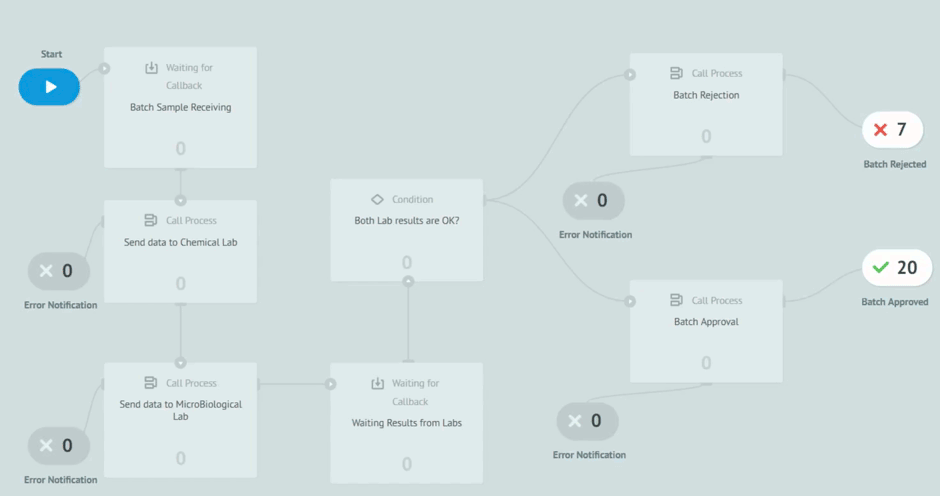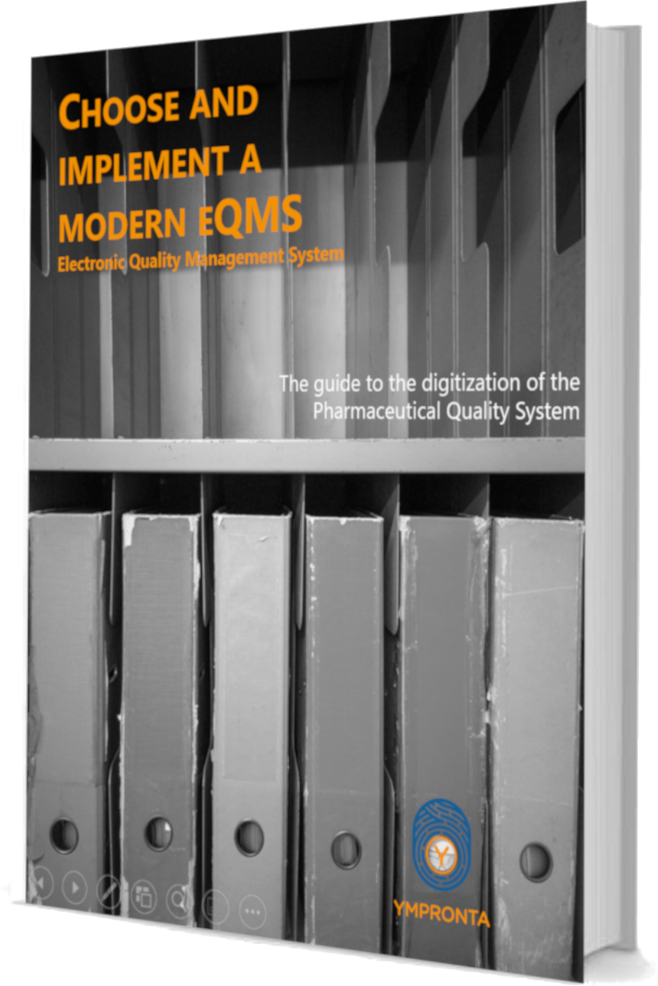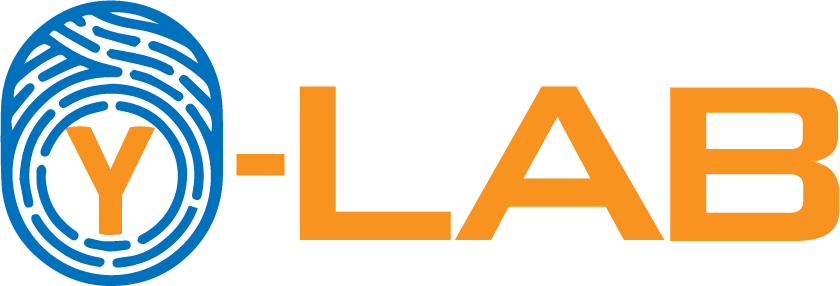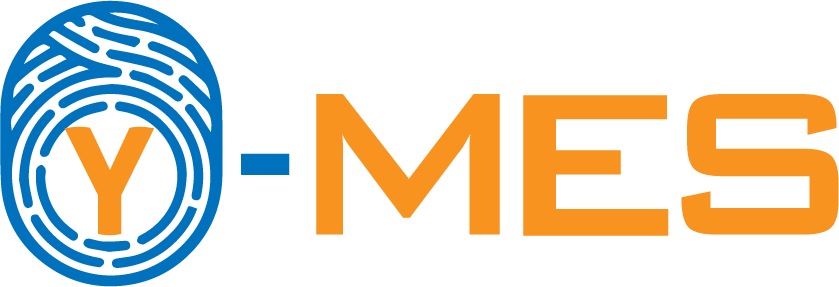The pharmaceutical industry is among the most conservative from the point of view of technological innovations. Even in digitization, the Life Science sector has always been the "tail-end". The FDA was able to give a major boost by introducing new obligations such as Data Integrity e SerializzazioneHowever, many pharmaceutical companies have adopted the approach "the minimum necessary to achieve compliance" confirming again the sad record. But the universe, as often happens, has its own plans and introduces its corrective measures. Let's see which are the main ones. trends in pharmaceuticals, with a particular focus on Quality Assurance, and how these have changed compared to the recent past.
increasing ADOPTION OF EQMS
Electronic quality management systems are certainly nothing new. Veterans have been on the market for at least twenty years and in the last 5-10, thanks to an exponential technological acceleration, new generation eQMS have been born. However, until recently, many companies remained loyal to paper-based systems, with a “look and see what happens” attitude towards these opportunities. Among the causes are the exorbitant costs, mistrust, and the lack of digital culture. But now more and more QA professionals want to go digital and get up and running as soon as possible.
In part, this has to do with the new market conditions created by COVID-19. We have seen that companies with digital tools are better prepared for unexpected events and an eQMS is critical to being agile enough to respond to change with minimal disruption to the business.
The increased interest can also be attributed to the Food and Drug Administration (FDA) announcing the move to digital presentation of clinical trial data for experimental drugs. As regulators themselves become more technological and digitized, regulated industries will need to follow suit. In the not too distant future, an eQMS will go from being a convenient tool to an essential part of compliance.
But while before the main difficulty was the cost and difficulty in adopting an eQMS, today it becomes a problem to choose the best solution for your company, as the characteristics, strengths, and prices vary from supplier to supplier. This, of course, is good, because a broad offering is always good for customers, compared to a monopoly situation. But the downside is that the selection process can, in turn, become longer and more expensive. But even this can be seen as an advantage since it offers an opportunity for growth to companies that are "forced" to study and raise their level of digital culture and maturity (where these are among the priorities).
“VIRTUAL” AUDITS WILL BECOME NORMAL
Before 2020, the default audit approach was an on-site visit, whether it was a supplier audit, an internal audit or an inspection. With travel and visitor restrictions in most facilities, the pharmaceutical industry quickly adopted remote auditing as a way to continue meeting inspector requirements.
The FDA has initiated remote inspections in response to the challenges of COVID-19 and in August 2020 released updated guidelines on its inspection policies during the pandemic. In addition, in April 2020 the European Medical Device Coordination Group (MDCG) published guidelines to help inspectors perform audits during the pandemic, including, under certain circumstances, remote audits.
In the last year, the pharmaceutical industry has made great strides in remote auditing, by both inspectors and "inspected". And most of them agree that remote audit is more efficient than on-site and they find no reason to go back to the old ways, even after we defeat the pandemic.
The trend towards increasing remote control will also have positive effects on flexibility and meeting scheduling, as travel days can be saved. Furthermore, the audits themselves can be divided into shorter sessions, not necessarily consecutive.

We can also imagine the adoption, in the not too distant future, of telepresence robots that will allow the production departments, laboratories and warehouses to be remotely inspected.
“SHARED” AUDITS OF SUPPLIERS WILL rise
Pharmaceutical suppliers are also interested in reducing auditor visits as much as possible. And not just to limit exposure to COVID-19. However, each inspection requires preliminary preparation and time for the visit itself. The best way to streamline this process is to aggregate multiple audit requests from different clients into a single audit performed by an intermediary firm specializing in audits.
The general approach could be: send a notice to all clients, announcing a date for the shared audit; the specialized company collaborates with the supplier and manages all the organizational, technological, and confidentiality aspects since a remote audit is also assumed here. In this way, more customers can participate in the audit at the same time.
As a consequence, important benefits will be obtained for everyone in terms of saving time and resources, becoming a perfect example of the “win-win” result for all participants. This trend will also grow in the coming years due to the pandemic that is still ongoing, but it is destined to remain even after, given the considerable advantages that this type of audit entails.
QUALITY WILL TRAVEL TO THE CLOUD
This is a natural consequence of the three previous points. An eQMS, in its classic conception, means Electronic Quality Management System (sometimes interpreted as Enterprise QMS), does not necessarily require to be implemented on Cloud. In fact, when the first electronic QMS was born, the term Cloud did not yet exist. But given the new challenges that the world imposes on us and the new opportunities that technology offers us, the choice can only be a cloud-based eQMS.
The beauty is that customers aren't the only ones who get the benefits. In addition to the convenience of remote inspections, shared audit and digital submission of documents, another great innovation made possible by the Cloud is the “multi-tenant” paradigm.
In short, it is when all customers use the same single software, which runs on the same single infrastructure and which exploits the same database (of course segregated for each customer). By saving on infrastructure management and qualification, the vendor frees up the resources that can be used to continually improve the software's functionality. Which again translates into a customer benefit.
Not to mention the reduced time needed to get up and running, thanks to the fact that there is no installation and much of the validation required. And this savings allows you to recover the time spent in the supplier selection process.
PRODUCTION AND QUALITY WILL BE MORE UNITED
This is probably the most important trend. Production and Quality Assurance have always been the heart of any pharmaceutical company. True, without colleagues from marketing, sales, purchases, they could neither produce nor sell. But, from the patient's point of view, the medicine must exist and must be of better quality.
Yet the biggest clashes have always been between Manufacturing Operations and Quality Assurance. One reason is the poor digitization of both departments. Those who install the lines and produce the batches struggle to understand the importance of validation and to keep up with all the “paranoia” of QA. Likewise, QA does not understand what is so difficult about compiling the batch record correctly and following all directives regarding data integrity. And when communication and mutual understanding are lacking, conflict lurks.
Thanks to digitization, i.e. the introduction of MES/SCADA on the one hand and the eQMS on the other, many of the problems will be solved. The data generated by the field will be collected, verified, processed and transmitted automatically, and therefore effectively, respecting the requirements of Data Integrity.
But there's a problem.
The QMS is ready to go to the Cloud. While the MES would have more difficulties, since moving the digital system away from the data source (production lines, sensors, environmental control systems, etc.) could mean the risk of losing this data, due to any connection problems.
There are at least two solutions:
The MES also goes to the Cloud following the eQMS. It is possible thanks to Edge Computing Technology, which provides the main server in the cloud and small "clones" that remain on-site to ensure connectivity and act as a data collection buffer.
The MES remains "legacy-based", ie locally and a middleware is adopted, an intermediary software, which guarantees the connection and buffering between the 2 systems.
In one way or another, both solutions involve the introduction of a third element in the architecture.
QMS + DMS = BMS
The old-fashioned QMSs had as their main purpose the management of quality processes. They were unable to handle documents in Word format, which are essential for content such as SOPs, training, validations, etc. These QMS could carry references, links to documents that were managed in another system, the DMS (Document Management System) which in turn was not designed to manage complex processes such as those of QA.
Today we see a constant and inevitable merger between these two types of systems. You can find and update any document without having to leave the eQMS. And at any time you can print or export this document in Word or PDF format. All traced by an automatic and safe Audit Trail.
In addition to all this, the new eQMS become real BMS, that is Business Management Systems, software that allows to adoption of a holistic approach to quality management.

Software that, thanks to their flexibility and scalability, allow you to quickly adapt to new requirements, to set up a Risk Based operation and, thanks to the incorporated BPM (Business Process Modeling) engines, to visualize all the processes and connections between them.
Increasing user's expectations
Today's users are “spoiled” by the digital gadgets they use daily in their private life. This is why they expect ever more advanced features from business software.
We will therefore see an ever greater simplification and automation of eQMS. This is a huge advantage because it will drastically lower the training barrier, compared to QMS of the past, too complex and difficult to understand, allowing users to focus on value-added activities.
As concrete examples, we can cite a greater introduction of electronic signature devices, both the signing of electronic documents (eg DOCUSIGN or ADOBE Sign), and the signing of records via biometric devices (fingerprint, facial recognition or heartbeat).
Of course, we will also see the first pilot projects related to Artificial Intelligence which initially will mainly aim to automate and speed up decisions based on the data collected.
THE QUALITY SYSTEMS LOCATED WILL TEND MORE TO THE CORPORATE ONE
Unlike ERPs, which have always had “multi-site” functionality, not all eQMSs were designed with similar logic and therefore did not allow centralized management of quality processes.
This is one of the reasons why companies that had a decentralized eQMS (let alone those that never had one) found it difficult to manage quality processes at their locations. Governance in these cases could be compared to feudalism, that is, with processes, documents and physical archives delegated to local QA managers and not perfectly aligned with corporate ones. As a consequence of such management we can cite the
Novartis case, which faced sanctions from the FDA due to a company that had joined the group but was not aligned with the central quality system.
Now, thanks to the new centralized and cloud-based QMS, the standardization, simplification, alignment and monitoring by the Corporate QA will allow to significantly optimize processes and drastically reduce compliance risks and, therefore, to receive sanctions from parades of inspectors.
Conclusions
Gaps in the culture of quality and digital skills are among the main causes of the delay in the digital transformation in the pharmaceutical sector. It would be easier for business leaders to build a corporate quality culture if they could see tangible value coming from it. The way is to recognize and accept that quality processes are strongly intertwined with those of production. And the regulatory bodies help companies to acquire this awareness, constantly updating the regulations and emphasizing that quality is everyone's responsibility, and everyone in the company must have the same vision on quality.
The FDA also confirms this by announcing its Quality Management Maturity (QMM) pilot program. The ultimate goal of this initiative is to build, through the collection of information and targeted inspections, a rating system for drug manufacturers, based on the maturity of their quality systems. This rating, being visible to all, could be a competitive advantage for the pharmaceutical companies who wish to participate. Obviously not being published in this ranking is a disadvantage.
Once again the FDA has devised a system to stimulate pharmaceutical companies to invest in their quality systems and digitalization.
The common thread of all the trends seen above is twofold
Acceleration of digital transformation: take advantage of the latest technology (sometimes under duress) to break out of existing patterns.
The union between production and quality: integrate quality and production processes more digitally.
Because precisely this will allow companies to produce medicines faster, guaranteeing quality and safety levels.




The main trends in Quality Assurance to keep an eye on in 2021